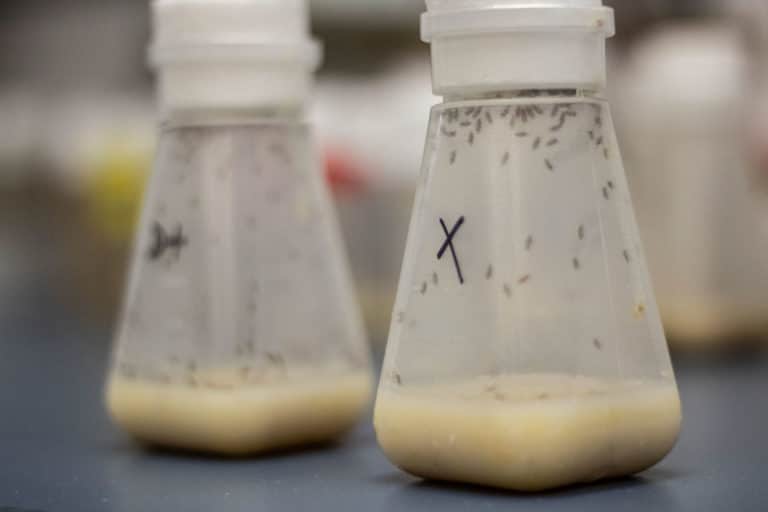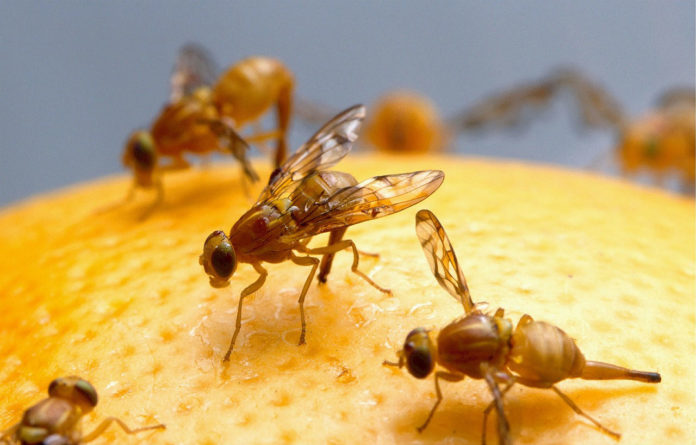Triglycerides are the main form of stored fat in animals and are stored in lipid droplets within specialized fat storage organs, such as the adipose tissue in mammals or the fat body in insects. One important but often overlooked factor that affects fat storage is whether the animal is male or female.
Determining how males and females store fat differently, the fruit flies may hold the answer.
In a study by the University of British Columbia, scientists used fruit flies to identify the differences between how males and females store and metabolize fat. Their discovery could be a better approach to treat and manage metabolic diseases, including Type 2 diabetes and cardiovascular disease.
How is fat storage and metabolism different between men and women?
In mammals, females store approximately 10% more body fat than males. A similar pattern can be observed in humans. An extensive literature has revealed the important role of sex hormones and sex chromosomes in establishing this male-female difference in fat storage.
A lot of research has recognized many fat metabolism genes that are influenced by sex hormones and sex chromosomes, yet less is thought about which of these genes cause the male-female contrast in fat storage.

Studying the fruit fly
About 75 percent of human disease-causing genes can be found in the fruit fly in a similar form. Given that female flies also store more fat than males, and metabolize it more slowly, this makes them an ideal creature to advance our comprehension of the genes that affect male-female differences in fundamental cell forms like fat metabolism.
Scientists found that a fat metabolism gene in fruit flies that regulates the male-female difference in fat storage. In flies without this gene, the males and females store exactly the same amount of fat.
Scientists noted, “Our studies take place at the earliest stage of the discovery process. But we hope that by identifying genes that explain why males and females have different amounts of fat, we will be better able to understand why men and women have differences in the risk of diseases associated with abnormal fat storage, such as cardiovascular disease and Type 2 diabetes.”
“Knowing which genes affect fat storage and metabolism is also an important first step in developing more precise treatments to tackle the metabolic disease. By identifying genes that influence fat storage in male and female flies, we will gain vital information on developing new therapies that are tailored to women, and to men, in treating abnormal fat metabolism.”
The study is published in the journal PLOS Biology.
